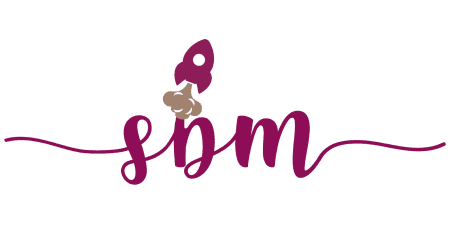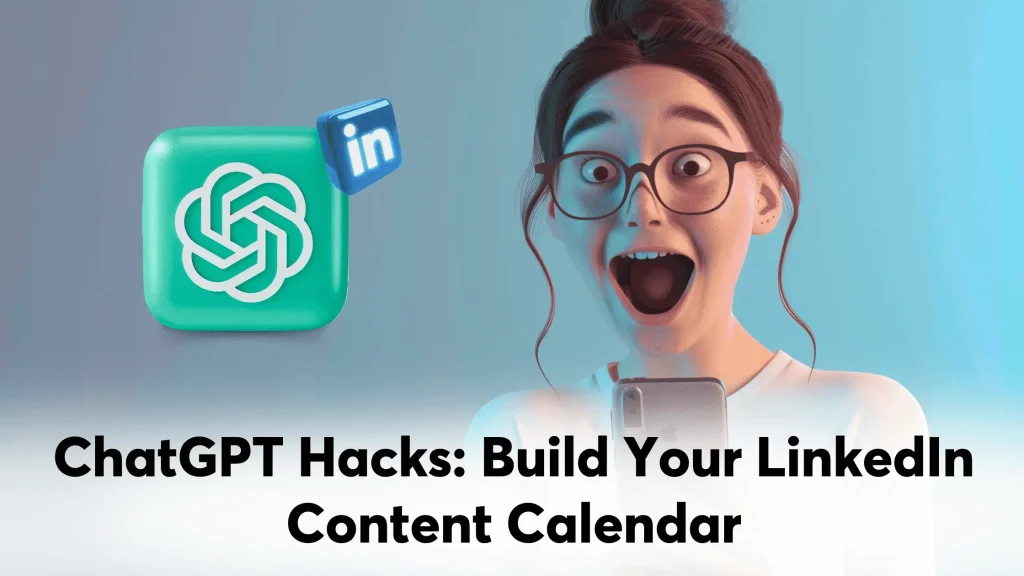Small business owners! Looking to create a strong online presence? Then, maybe the LinkedIn content calendar can help. With LinkedIn being a powerful engagement platform, currently being used by 1 billion members, using a content calendar can help you achieve more consistency, better brand engagement, and an improved social presence.
A content calendar helps schedule your postings, track your performance, and do much more. Using this effectively can help you do wonders with your LinkedIn profile. To make the most out of your LinkedIn content strategy, it’s essential to have both a well-optimized LinkedIn profile and a compelling LinkedIn business page. Learn how to create and optimize your LinkedIn profile and discover the benefits of a LinkedIn business page for small business success.
But how do you create a content calendar? Well, with advanced technology and now AI-powered tools like ChatGPT, it is easy to create a social media content calendar.
In this blog, we will discuss what the contents of a content calendar are, how to start, and how to use ChatGPT to create your LinkedIn content calendar for maximum benefits
Table of Contents
ToggleWhat makes a content calendar?
Before going any further, let’s first understand what a content calendar is. A social media calendar usually consists of:
- Content details include blogs, images, and videos.
- Posting schedule for each piece of content on different social media channels.
- Customization for distinct social media postings.
- Value-adding details like links, images, and more.
- Content Progress
- Content performance, including likes, shares, and so on.
How to Start with Your LinkedIn Content Calendar?
Identify Your Content Goals
Before you overfill your calendar with unnecessary content, start by identifying your content goals. Ask questions like, What is the purpose of your content? Do you want to drive sales or brand awareness with this content?
Understanding your content objectives can help you plan your content better.
Understand Your Audience
Once you know your content objectives, it is crucial to understand who your content is for. Like, what kind of audience are you targeting? Is your content valuable or problem-solving for your audience?
Go through your past content to understand what worked well with your audience and what didn’t. Understanding those posts can help you understand your audience demographics and behaviour.
Prioritize Your Content Pillars
Prioritizing your content pillars is another important aspect of content strategy. You must understand your brand’s theme and tonality to develop content that resonates with your subscribers. Determine what type of content your audience prefers, be it informative, entertaining, or promotional.
Strategize Your Calendar
Once you’re done planning your content, you should strategize your content calendar. Schedule your posts for the optimal time based on your audience’s behavior. To ensure maximum impact, make sure to follow a mix of content types.
Don’t make it monotonous by just posting educational blogs; try to switch things up between informative, entertaining, and promotional posts.
How to Create a Calendar Using ChatGPT
Here is how you can use ChatGPT to create content for LinkedIn:
Learn from Your Successful Posts
If you want to improve your content strategy, analyzing your most successful posts and those of your competitors using ChatGPT is a must. By identifying what makes your content engaging and effective, you can create more of it and replicate common themes, topics, and styles that resonate with your audience.
Understanding what makes your competitors’ content stand out can help you stay ahead of the game. With ChatGPT, you can analyze factors such as content length, format, tone, and topic selection and use that insight to improve your own content.
Here is an example of a GPT prompt for winning analysis:
Compare my most successful posts. Explain its strategy and impact.
Create a Content Draft
Based on the insights provided by GPT, draw a content outline. This draft should contain all the relevant details relating to your content type, tonality, and style.
Here is an example of a GPT prompt for drawing a content draft:
Create a content outline based on the elements of my best-performing content on LinkedIn.
Strategize with Current Content
Once you have your content outline, it’s time to align it with your current activities.
Here is an example of a ChatGPT prompt for creating content calendar:
Read the content outline we’ve created. And create a content calendar for the next 15 days that aligns with my present activities.
Give Your Complete Activity List
For you to integrate your content with other activities, GPT will ask for all your current ongoings. Make sure to list all your plans, campaigns, and preferences to create the best calendar.
Create and Personalize Your Posts
Now, you have a complete calendar for all your scheduled postings. But don’t forget to make your posts personalized for more relevance and a wider reach. ChatGPT can help you with this as well.
Here is an example of a GPT prompt for post-creation:
Create my first post based on my most successful post. Try keeping the same tone and style. Keep the content engaging with hooks, pain points, and images. Write it in 500 words.
Final Calendar
Now you have a calendar with amazing content ideas. Your calendar should have everything, from content topics to their scheduling.
Wrapping Up
Using ChatGPT for your content calendar creation can streamline your postings. It can make your postings more engaging and timely. Further, your content has also improved. However, using advanced AI can sometimes feel tricky.
At Small Biz Marketing, we understand this problem, and our Chat GPT ebook is specifically designed to help you with the same. It has:
- Ideal content blueprint short
- Crisp GPT prompts
- Content planning ideas
- Captivating content templates.
Make sure to use all these to create a calendar that’s easy to read and follow.







